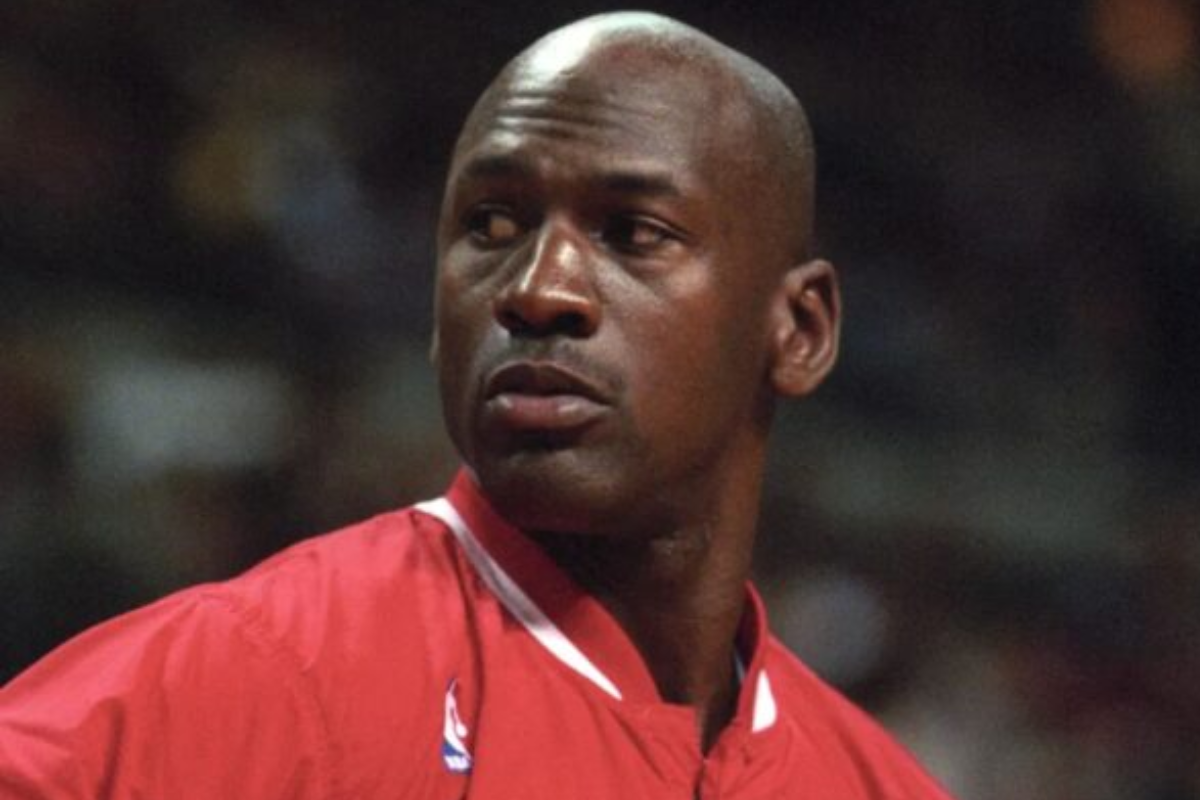
Imago
Credits: IMAGO

Imago
Credits: IMAGO
Back in 2013, Michael Jordan was asked to choose between Kobe Bryant and LeBron James, and his answer was simple: “Five beats one.” For MJ, greatness was measured in rings. But here’s where the story gets interesting—the NBA is full of legends who never won a championship: Charles Barkley, Allen Iverson, and most recently, Carmelo Anthony, who entered the Hall of Fame without a ring in his pocket. So how do you challenge the whole “ring culture” narrative? Maybe by paying attention to an NBA legend who pointed out the very moment MJ became the GOAT. And the kicker? He hadn’t won a ring yet.
Watch What’s Trending Now!
Gilbert Arenas shut the MJ haters once and for all and made it clear why MJ is what he is today. He said, “People don’t realize that he got the Jordan logo in 1988. They took the wings off and said you got Jordan. That whole campaign is considered the greatest individual year anybody could have had. That’s when he became the best player ever. There was no ring. The rings is just what they get to use now. Six rings. It was just the way he carried what we have now. Solo mission. It’s hard to beat solo missions with stats.”
And the numbers back it up. In the 1987–88 season, Jordan averaged an incredible 35 points per game, grabbed nearly six rebounds, and averaged six assists every game. He played in his fourth All-Star Game, won his first Defensive Player of the Year award, and claimed his first MVP trophy. He was the first to win both of the awards in the same year. That year, MJ was defined by sheer dominance.
ADVERTISEMENT
Gilbert Arenas says Michael Jordan was the ‘best player ever’ before he won a ring:
“People don’t realize that he got the Jordan logo in 1988. They took the wings off and said you got Jordan. That whole campaign is considered the greatest individual year anybody could have had.… pic.twitter.com/APFLZzv5NE
— Legion Hoops (@LegionHoops) October 2, 2025
The season after his breakout year, the media started calling Michael Jordan the greatest of all time. In March 1999, GQ ran a story calling him “the best there ever was.” Gilbert Arenas also recalled another magazine giving Jordan the title of “the greatest to ever touch a basketball,” though he couldn’t remember exactly which one. It wasn’t until 1991 that Michael Jordan finally claimed his first NBA championship. By that time, Magic Johnson had already racked up five rings, and Larry Bird had three during the 1980s.
And this isn’t the first time Arenas has weighed in on the rings debate. Recently, when Scottie Pippen was showing off his 6–0 record in Game 7 of the 2025 Finals, Arenas made sure Pippen got a reality check. He laid out the facts: “The top 75 list was voted in order, and it shows that rings don’t necessarily define greatness. You have Scottie Pippen with six rings, multiple All-NBA selections, seven All-Star appearances, and 10 Defensive Player awards, yet he’s ranked 32. Number 31 is Allen Iverson—no rings.” Clearly, the NBA considers much more than just championships when measuring a player’s greatness. And for MJ, that greatness came along in 1988.
ADVERTISEMENT
The real story behind Jordan’s Jumpman
For most people, especially Gen Z, their first real introduction to basketball might have been through the Jumpman logo. But did you know this iconic jump was not born on the court, nor was it even a dunk? Let’s rewind to 1984, before MJ ever suited up for the Bulls. He was preparing for the LA Olympics with Team USA, when Jordan posed for LIFE Magazine in New Balance shoes, captured by photographer Jacobus Rentmeester mid–grand jeté—a ballet move, not a basketball one. Yes, you read that right! Even MJ confirmed it years later in 1997: “I wasn’t even dunking on that one… Everyone thought I did that by running and taking off. Actually, it was a ballet move where I jumped up and spread my legs.”
ADVERTISEMENT

ADVERTISEMENT
Fast forward a year, and Nike recreated the idea during a 1985 shoot for the Air Jordan 1. This time, Jordan wore the “Black Toe” sneakers and a red-and-black tracksuit, soaring against the Chicago skyline. That’s how the legendary image came to life. But interestingly, that picture didn’t immediately become the symbol of the Air Jordan brand. The AJ1 and AJ2 both carried Peter Moore and Bruce Kilgore’s “Wings” logo. Still, the Jumpman made its first official appearance as a hangtag on the AJ1. However, the 1985-86 injury left MJ frustrated with AJ2, and he considered switching shoe companies.
Enter architect-turned-designer Tinker Hatfield. Looking at the AJ1 photoshoot, he saw the perfect silhouette for Jordan’s third shoe. In 1988, Hatfield’s Air Jordan 3 not only debuted the Jumpman logo on the tongue but also broke ground with elephant print, visible Air cushioning, and a mid-cut design that MJ instantly loved. In Jordan’s words, that logo “was more personal” than the wings that came before.
Of course, the story didn’t come without controversy. Rentmeester eventually sued Nike in 2015, claiming the Jumpman ripped off his 1984 photo. Courts ruled against him in 2018, noting key differences in Jordan’s hand position and stance. Regardless, the silhouette went on to fuel a sneaker empire. By 1997, the Air Jordan line became its own brand under Nike, and decades later, the Jumpman still sits atop billions in sales annually.
ADVERTISEMENT
ADVERTISEMENT
ADVERTISEMENT
ADVERTISEMENT

